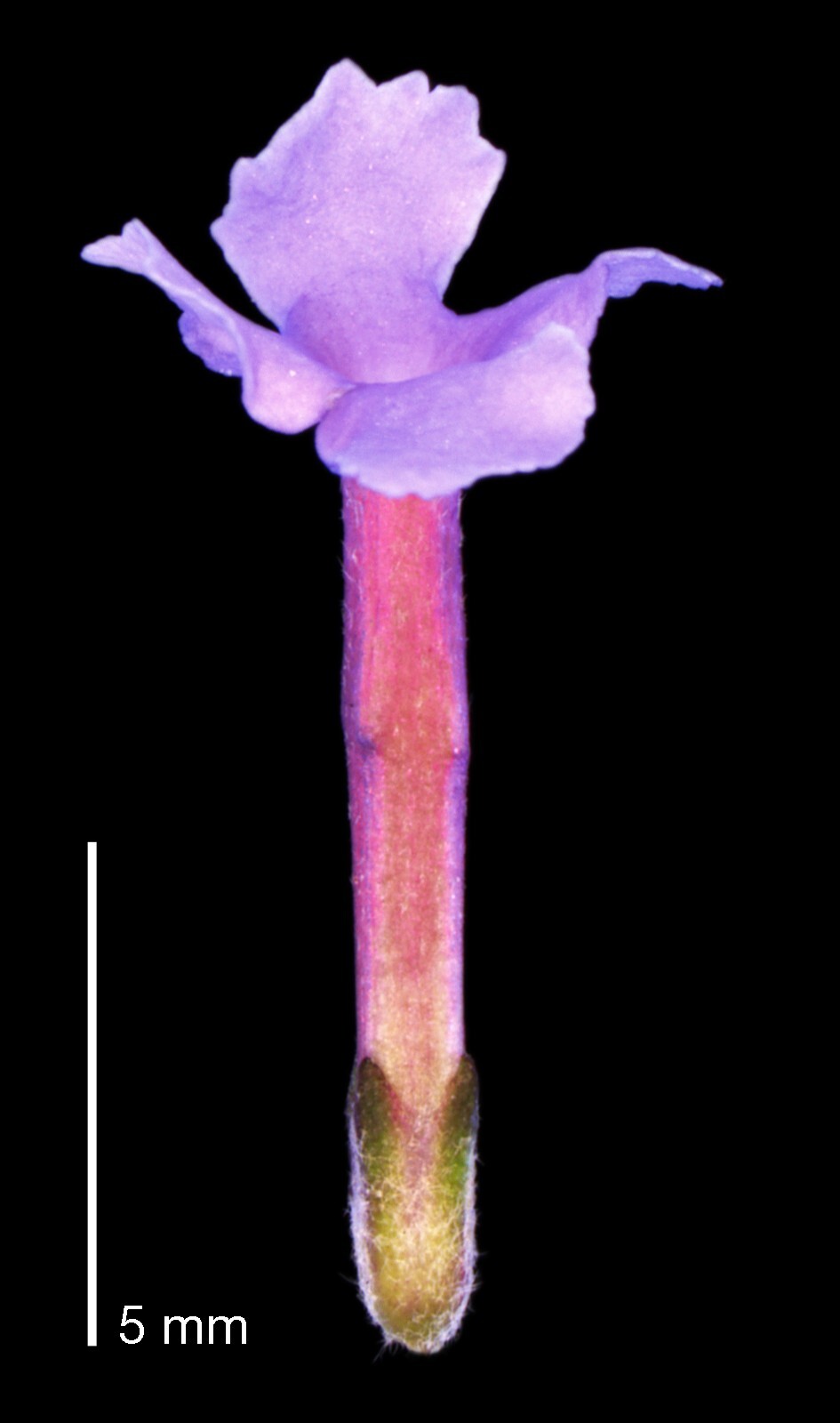Buddleja davidii
Franch. Butterfly BushShrub, 1.5–3 m high; branches white or greyish tomentose when young, becoming glabrous, often c. weeping. Leaves narrow-ovate to oblong-ovate, 4–20 cm long, 1–8 cm wide, base cuneate, margin crenate to minutely serrate-dentate, dark green and mostly glabrous above, densely white-tomentose below; petiole 0.1–0.5 cm long. Inflorescences 12–20 cm long. Flowers sweetly scented, sessile to shortly pedicellate; calyx c. 3 mm long; lobes acute or acuminate, c. 1.5 mm long; corolla white (in cultivation), or violet to lilac or less often purple, with orange-yellow throat, 8–14 mm long, tube 6–11 mm long; lobes orbicular, spreading; stamens inserted near middle of corolla-tube; anthers usually subsessile. Capsule 5–10 mm long. Flowers spring and summer.
VVP, VRiv, GipP, EGU, HSF, HNF, VAlp. Also naturalised WA, SA, Qld, NSW, ACT, Tas. Native to China and Japan. Widely cultivated and persisting in old gardens; recorded as naturalised in a few high-rainfall areas (e.g. Dandenong Ranges, Narbethong area, Waratah Bay), but probably more widespread than current records indicate.
Conn, B.J. (1999). Buddlejaceae. In: Walsh, N.G.; Entwisle, T.J., Flora of Victoria Vol. 4, Cornaceae to Asteraceae, pp. 475–476. Inkata Press, Melbourne.
 Spinning
Spinning




